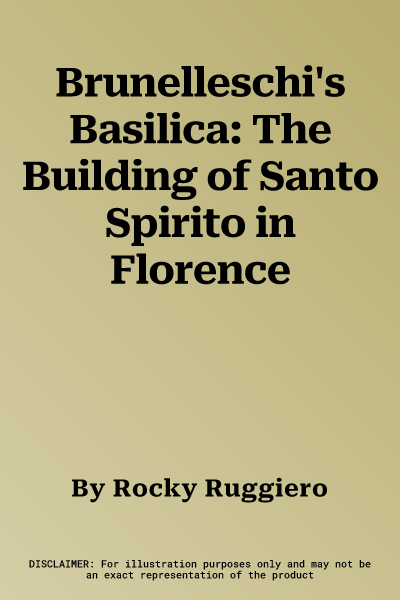Rocky Ruggiero
(Author)Brunelleschi's Basilica: The Building of Santo Spirito in FlorencePaperback, 1 September 2020

Qty
1
Turbo
Ships in 2 - 3 days
Only 3 left
Free Delivery
Cash on Delivery
15 Days
Free Returns
Secure Checkout

Part of Series
Kent State University European Studies
Publisher
Viella Editrice
Date Published
1 Sep 2020
ISBN-10
8833134733
ISBN-13
9788833134734
Description
Product Details
Author:
Book Format:
Paperback
Country of Origin:
US
Date Published:
1 September 2020
ISBN-10:
8833134733
ISBN-13:
9788833134734
Location:
Rome
Publisher:
Weight:
417.3 gm